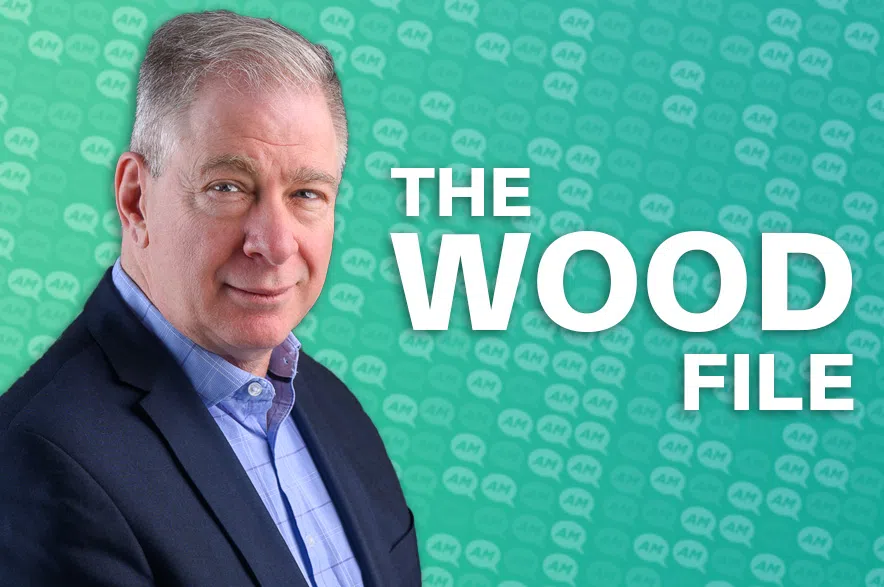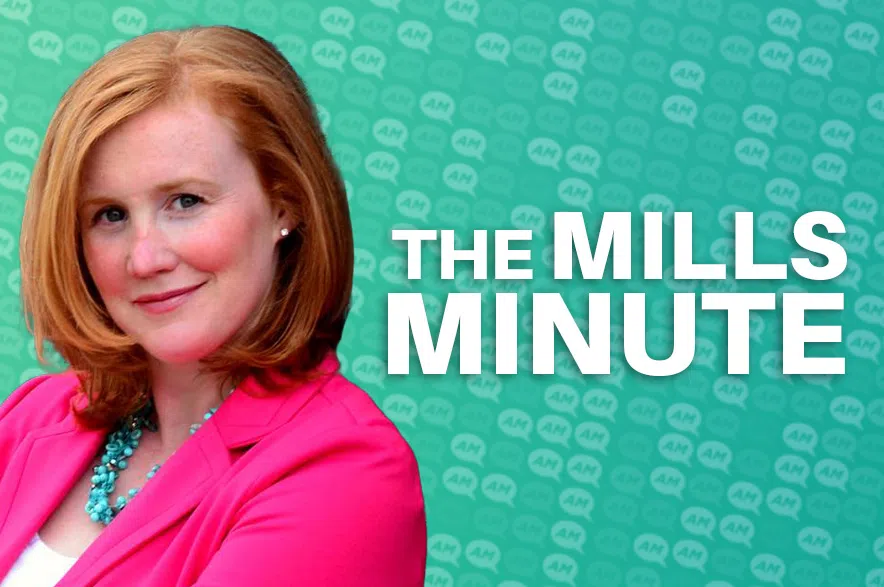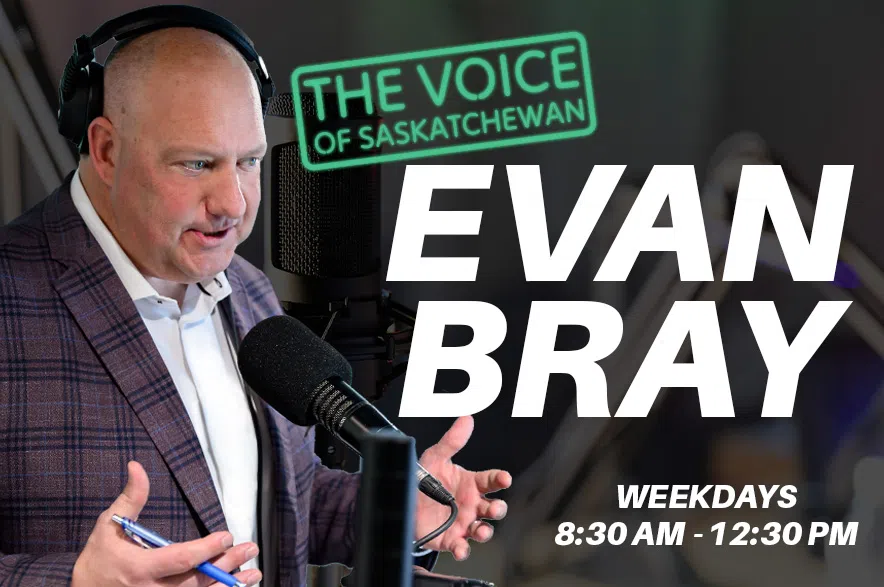OTTAWA — Prime Minister Mark Carney insisted Wednesday his government does have fiscal anchors after the interim parliamentary budget officer raised concerns about government transparency.
Jason Jacques told a House of Commons committee on Tuesday that he wasn’t sure if the federal government still has its fiscal anchors, which he said causes the people that he works with “a considerable degree of concern at this point.”
During a heated question period exchange with Conservative Leader Pierre Poilievre on Wednesday, Carney said the government does indeed have fiscal anchors that are guiding the budgeting process.
“We are going to spend less so the country can invest more. We are going to balance the operational budget in three years. We’re going to have a declining level of debt,” he said in the House of Commons.
Under former prime minister Justin Trudeau, the Liberal government set fiscal anchors — capping the annual deficit at one per cent of GDP and maintaining a declining debt-to-GDP ratio — to indicate Ottawa was responsibly managing public debt.
Poilievre accused the Liberal leader of appointing Jacques to a six-month term so that Carney could “hold a sword over his head and threaten him if he speaks the truth about the financial mess the prime minister has made.”
Jacques was named as the interim replacement for outgoing budget officer Yves Giroux at the start of the month before the fall sitting resumed this week. A new, permanent PBO appointment requires parliamentary approval.
Carney said he welcomed the opportunity to find consensus on a new PBO “in the new spirit of collaboration” in the House of Commons.
The prime minister dodged Poilievre’s questions about the size of the federal deficit ahead of the tabling of the budget on Nov. 4.
But he defended Canada’s fiscal position and argued that having a lower central bank interest rate than the United States is proof of government financial prudence.
Both the Bank of Canada and the U.S. Federal Reserve lowered their benchmark interest rates by a quarter point on Wednesday after an extended period on pause.
The Bank of Canada’s policy rate now stands at 2.5 per cent after the first cut since March, while the Fed’s rate sits in a range of four to 4.25 per cent following its first drop in nine months.
“One thing I know is that Canadian interest rates are much lower than American interest rates. They’re lower because this country’s fiscal situation is strong, because this government has a plan to grow this economy,” Carney said.
Poilievre shot back that “the collapsing economy is bringing down interest rates” and continued to argue that the government’s deficit was driving inflation higher.
Bank of Canada governor Tiff Macklem said Wednesday that the central bank lowered its policy rate because the balance of risks from the U.S. tariff dispute had shifted away from rising inflation and toward a weakening economy.
The Bank of Canada’s next rate decision will come on Oct. 29, less than a week before the federal government’s long-awaited fall budget.
The Liberal government has announced a series of spending items since the spring election, including plans to rapidly ramp up defence and infrastructure spending while trimming operational costs.
Macklem said the bank is waiting to adjust its models until there’s a complete budget showing how those individual spending plans fit together.
“Once we have the budget, we will be assessing the implications of the government’s plans on the economic outlook, what that means for growth, for inflation and ultimately for what we need to do with interest rates,” he said.
Macklem said he believes fiscal policy is better suited to handle the sector-specific impacts of U.S. tariffs, while the Bank of Canada’s interest rate can smooth the broader hit from the ensuing shifts in the economy.
“Monetary policy can’t undo the effects of tariffs. The most it can do is try to help the economy adjust at a macro level while keeping inflation well controlled,” he said.
Senior deputy Bank of Canada governor Carolyn Rogers suggested the central bank would assess the November budget when it makes its final rate decision of the year in December.
This report by The Canadian Press was first published Sept. 17, 2025.
Craig Lord and Catherine Morrison, The Canadian Press











